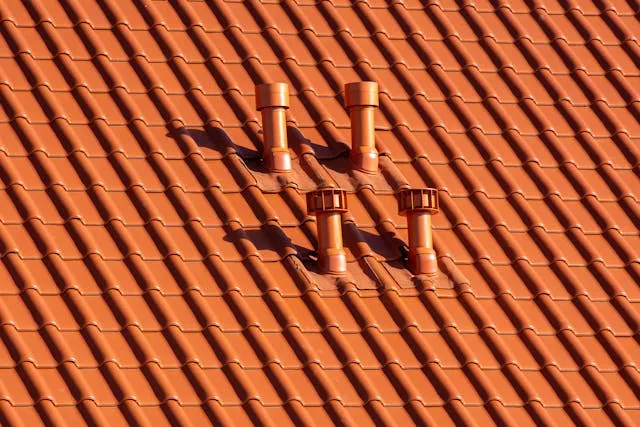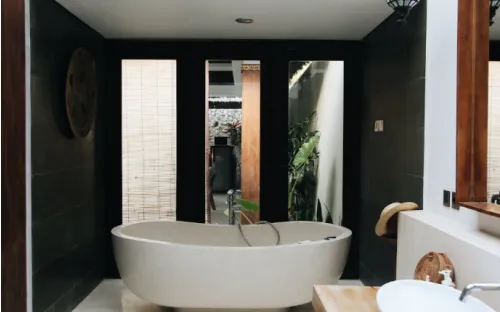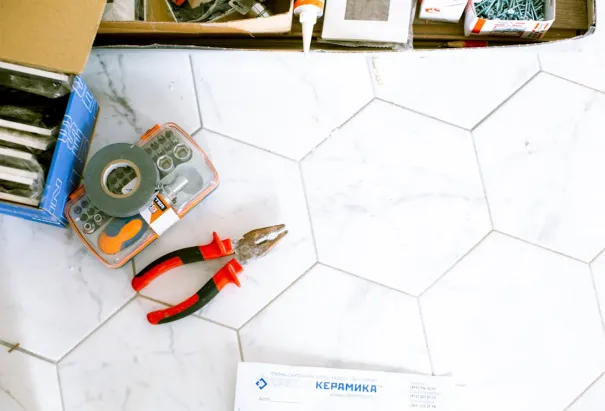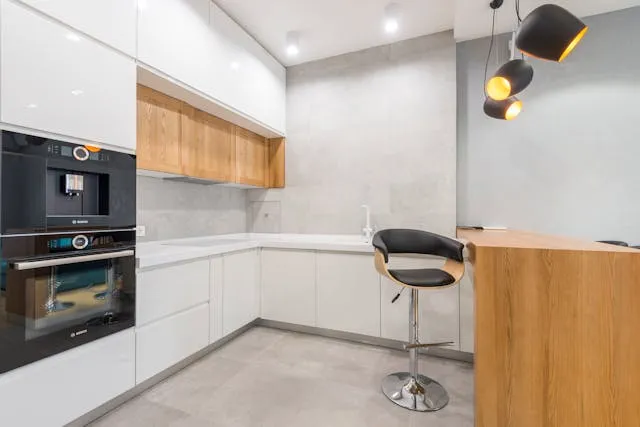Why Old Roofs Can Lead to Bigger Problems Down the Line
A roof is more than just a protective covering—it’s a critical barrier that safeguards a home from weather, moisture, and structural damage. As roofs age, wear and tear can create vulnerabilities that may not be immediately visible. Small issues, such as cracked shingles, minor leaks, or weakened underlayment, can gradually worsen, leading to more significant problems, including water damage, mold growth, or even structural compromise. Understanding the long-term risks associated with an aging roof is essential for maintaining a safe and comfortable living environment.
Also Read: Budget-Friendly Tips for Buying Your Next New Car
Regular maintenance, timely inspections, and addressing minor concerns early can prevent these issues from escalating. Engaging in home roof repair and replacement when necessary ensures that the structure remains strong and secure. By proactively managing roof health, homeowners can avoid costly repairs and protect the overall integrity of their property over time.
Structural Deterioration
Over time, the components that make up a roof—such as asphalt shingles, wooden support beams, and underlayment—are subjected to rain, wind, snow, and UV rays. This constant exposure slowly breaks down materials, reducing the roof’s ability to provide support and protection. Water infiltration is a leading cause of structural rot, which undermines beams and rafters, and increases the risk of sagging or collapse. A compromised roof may also shift under the weight of snow or heavy rain, jeopardizing your family’s safety.
Increased Energy Costs
Heat loss from aging or poorly maintained roofs occurs when insulation becomes compressed or gaps develop, allowing conditioned air to escape. This forces heating and cooling systems to work harder, increasing energy costs and stressing home systems. Inefficient roofs also amplify temperature extremes, reducing comfort and boosting energy use.
Water Damage and Mold Growth
Older roofs are more prone to leaks as seams, flashing, and shingles weaken or corrode over time. Persistent leaks or hidden drips can stain ceilings and promote the growth of mold and mildew, which can damage structural components and compromise indoor air quality. Mold is associated with respiratory issues and allergies, particularly in children and the elderly. Quickly fixing leaks is crucial to prevent costly repairs and protect your family’s health.
Pest Infestations
As roofing materials age and loosen, they create easy entry points for pests ranging from rodents and squirrels to insects and birds. Once inside, these unwelcome guests can nest and multiply, causing additional damage to insulation, wiring, and woodwork. Some pests, such as termites, are particularly adept at exploiting areas with compromised moisture, which can lead to even more severe structural problems. Sealing gaps and regularly inspecting your attic and eaves are simple steps that make a big difference in preventing these invasions.
Fire Hazards
A leaky roof might seem like a simple inconvenience, but when water enters wall cavities or pools around electrical systems, the risk of short circuits and fire increases dramatically. Water and electricity are a dangerous mix: All it takes is one stray drip to create a hidden hazard within your home’s infrastructure. Regular roof maintenance and prompt repairs are basic but critical defenses against this often-overlooked danger.
Decreased Property Value
The condition of your roof is one of the first things appraisers and prospective buyers notice. An old, damaged, or visibly deteriorating roof is a major red flag and can drastically reduce a property’s appeal and resale value. Even if a buyer is still interested, they’ll likely demand a price reduction to offset anticipated repair or replacement costs. In contrast, a well-maintained or newer roof is a strong selling point that reassures buyers and boosts your home’s curb appeal.
Insurance Complications
Home insurance providers tend to be wary about properties with aging or neglected roofs. Many policies include strict criteria about roof condition, and claims related to water damage, leaks, or weather-related incidents may be denied if your roof is past its prime. Some insurers may even require a roof inspection before renewing or initiating coverage, making it crucial to keep roof maintenance records up to date and to make repairs in a timely manner.
Ensuring Long-Term Roof Protection
Maintaining a roof is a long-term investment in safety, comfort, and value. Regular inspections, maintenance, and repairs prevent damage, energy loss, pest infestations, and fire risks, helping to prolong the roof’s lifespan, protect property value, and ensure safety. A well-maintained roof safeguards your home and peace of mind.







